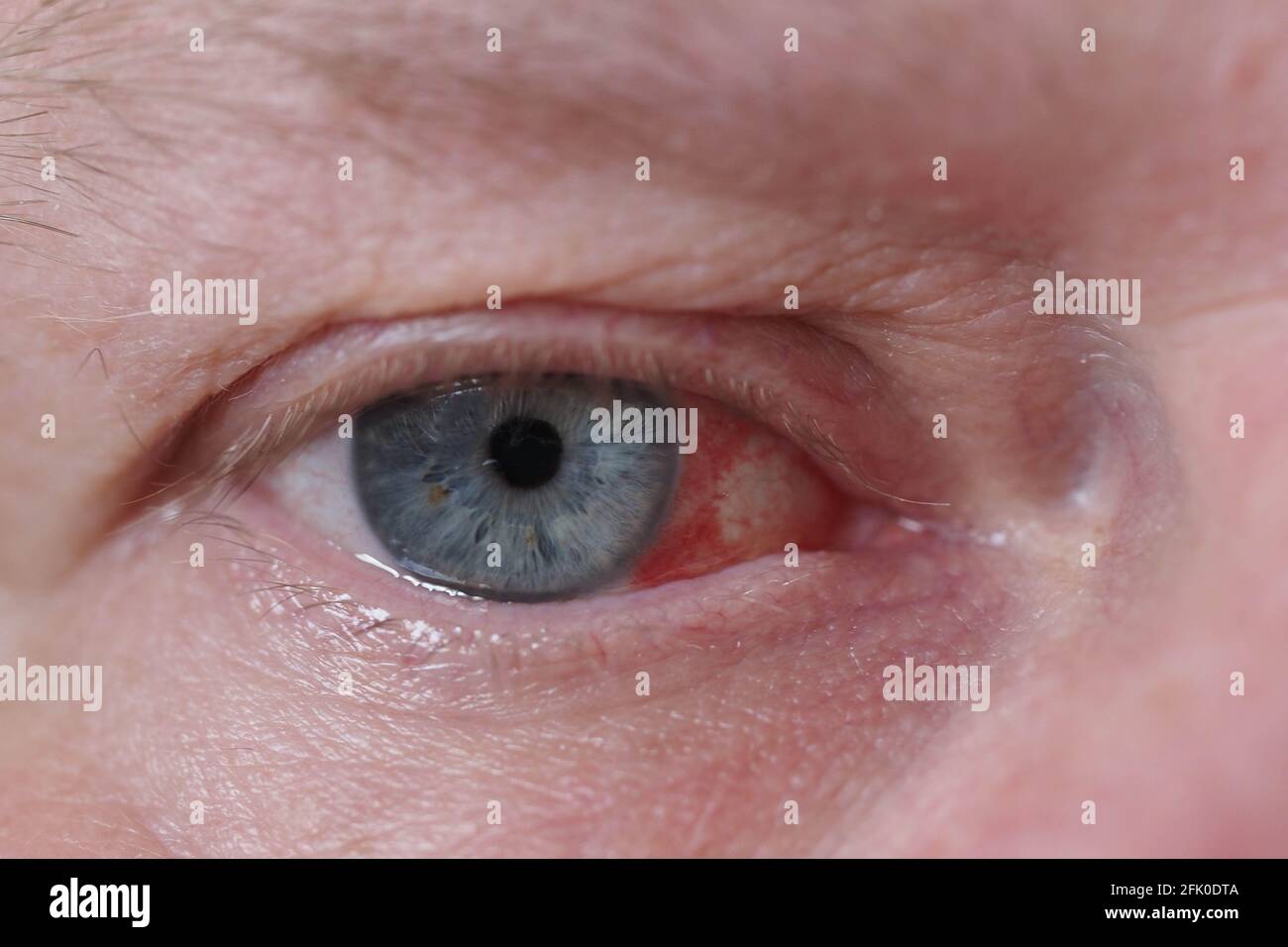
Her go-to? A cooling mask with hydrating and brightening benefits. "Inquire about treatments that focus on reducing redness, soothing, and providing protection from environmental stressors," says DeLuca. Meanwhile, the right facial treatment can help reduce the ruddy redness caused by broken capillaries. One treatment you should steer clear of if you're prone to broken capillaries? "I would always avoid microdermabrasion," Hewett says, which can cause more trauma to already sensitive skin. "Experienced aestheticians can give extractions to someone without doing any more damage to the capillaries, so it's important to choose your aesthetician carefully."
Blood vessel burst skin#
"The aesthetician may avoid steam and applying hot towels," Athena Hewett, a licensed aesthetician and founder of Monastery skin care, tells Allure. If you have broken capillaries - or if you have sensitive skin that might be prone to them - flag it before your next facial. If necessary, the doctor will also perform an imaging scan or an ultrasound of the area to diagnose any fractures or tissue injuries.So, what should you do during your next facial? The doctor may give you a blood or urine test to check for the presence of infection or other medical conditions. Answering these questions as accurately as possible will give your doctor clues about whether the bleeding under the skin is a side effect of medication you are taking or was caused by an underlying medical condition. Drugs such as aspirin, steroids, or blood thinners can cause bleeding into the skin. Make sure to let your doctor know if you are taking any herbal supplements or medications. Your doctor will also ask if you have any medical conditions or if you’re being treated for anything.
Blood vessel burst Patch#
The bleeding can appear as a small dot the size of a pinprick or as a patch as large as an adult hand. When there is bleeding into the skin, the skin will not become pale when you press down on it.īleeding beneath the skin often results from a minor occurrence, such as bruising. Normally, when you press your skin it becomes pale, and when you let go, the redness or color returns. Some birthmarks can be mistaken for bleeding into the skin. Blood vessels can burst for many reasons, but it usually happens as a result of an injury.īleeding into the skin can appear as small dots, called petechiae, or in larger, flat patches, called purpura. This blood may show up just beneath the surface of the skin.

When a blood vessel bursts, a small amount of blood escapes from the vessel into the body.


 0 kommentar(er)
0 kommentar(er)
